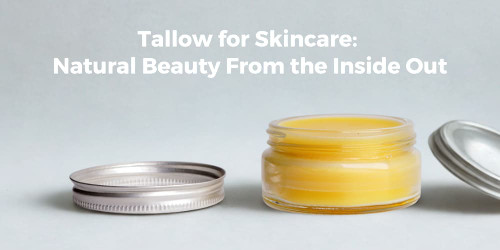As the warm breeze of summer beckons, so do the pesky intruders of outdoor activities—mosquitoes, ticks, and other bothersome insects. While these tiny creatures play essential roles in ecosystems, they can quickly turn a pleasant outdoor experience into an itchy nightmare.
Protecting yourself from bites and potential insect-borne diseases is crucial, and the market offers a variety of insect repellents to suit different preferences and needs. In this guide, we'll explore various types of insect repellents, including patches, sprays, bands, mosquito sticks, lotions, natural alternatives, fans, and ultrasonic devices, helping you make an informed decision on the right one for you.
- Sprays: Insect repellent sprays are a popular and versatile choice. They typically contain active ingredients like DEET, picaridin, or oil of lemon eucalyptus. Sprays are ideal for general use and can be applied directly to exposed skin and clothing. They provide long-lasting protection and are suitable for outdoor activities such as hiking, camping, and picnics.
- Advantages: Convenient, versatile, and can cover large areas of exposed skin.
- Disadvantages: May require frequent reapplication, and some people dislike the feel of a wet or sticky skin.
- Lotions: Insect repellent lotions offer a more targeted approach. They are easy to apply and provide a layer of protection on the skin. Lotions are particularly useful for those with sensitive skin or those who want to avoid inhaling spray mist. They are effective for both short outings and extended outdoor adventures.
- Advantages: Can be applied precisely to desired areas, some formulations include moisturizing properties.
- Disadvantages: May feel greasier compared to sprays, may need reapplication after swimming or sweating.
- Patches: Insect repellent patches are a convenient option for children and individuals who prefer not to apply lotions or sprays directly to their skin. These patches are typically infused with natural repellents like citronella and can be attached to clothing or placed on a surface nearby. They offer a discreet and long-lasting solution, making them ideal for school outings or day trips.
- Advantages: Non-intrusive, easy to use, and often designed with colorful and kid-friendly designs.
- Disadvantages: Limited coverage area, may not be as effective as other forms for repelling certain insects.
- Bands: Wearable insect repellent bands are gaining popularity for their convenience and portability. These bands are usually infused with repellent compounds and can be worn on the wrist or ankle. They are an excellent choice for individuals on the move, providing a continuous shield against insects without the need for frequent reapplication.
- Advantages: Offers a hands-free option, can be worn on wrists or ankles, and is often water-resistant.
- Disadvantages: Limited protection radius, may not be as effective in highly infested areas.
- Mosquito Sticks: Mosquito sticks are a stationary yet effective method of repelling insects. These sticks are often made from natural ingredients such as citronella and can be placed in the ground or on outdoor surfaces. They create a protective barrier in a specific area, making them suitable for backyard barbecues, camping sites, or any outdoor gathering.
- Advantages: Ideal for camping or outdoor gatherings, releases a constant stream of repellent.
- Disadvantages: Limited mobility, may not provide effective protection in larger open spaces.
- Natural Repellents: For those who prefer a more eco-friendly approach, natural insect repellents are a great choice. Formulated with essential oils like citronella, tea tree, or lavender, these repellents provide protection without synthetic chemicals. While they may require more frequent application, they are a popular option for those with sensitivities or a commitment to green living.
- Advantages: Derived from natural ingredients, environmentally friendly.
- Disadvantages: Generally less potent and may require more frequent reapplication.
- Fan Repellents: Fan repellents are a unique and innovative way to keep insects at bay. These devices use a battery-powered fan to create a barrier around the user, preventing mosquitoes from landing. They are an excellent choice for outdoor events, such as concerts or festivals, where constant movement is not a hindrance.
- Advantages: Creates a protective barrier around the user by dispersing repellent through a fan.
- Disadvantages: May not be practical in windy conditions, and batteries may need frequent replacement.
- Ultrasonic Repellents: Ultrasonic insect repellents use high-frequency sound waves to deter mosquitoes and other pests. These devices are often compact and can be clipped onto clothing or placed nearby. While the effectiveness of ultrasonic repellents is still debated, some users find them to be a non-intrusive alternative to traditional methods.
- Advantages: Claims to repel insects using ultrasonic waves, no need for direct skin contact.
- Disadvantages: Limited scientific evidence supporting effectiveness, may not work on all types of insects.















